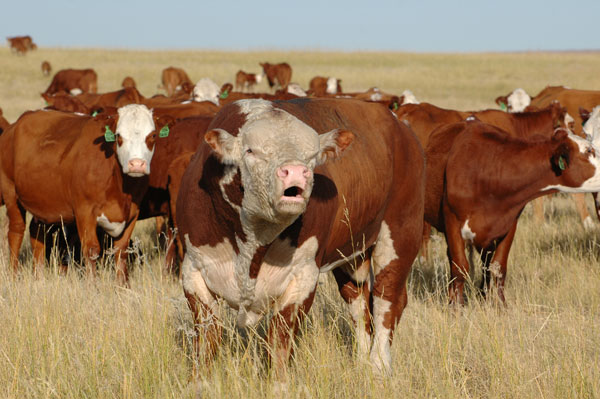Where you put pressure in your genetic selection criteria depends a great deal on what your breeding objective is.

Weighed your cows lately? Unless mature cow size is one of traits you focus on, you might be surprised at what has happened in your cowherd while you were chasing after growth in your calves and milk in your cows.
And that, says Bob Weaber, Kansas State University Extension cow-calf specialist, is why a well-thought, written breeding objective is important.
Speaking at the recent Beef Improvement Federation (BIF) meeting in Houston, Weaber said that a segmented business means different traits are of different importance and have different economic values as cattle and beef move through the value chain.
“So for the seedstock producer who’s primarily selling bulls to commercial clients who are raising calves up to weaning time, the traits that are of economic importance in generating value are different than those for a customer who retains ownership of his calves,” he says.
While that is intuitively obvious, Weaber says that, all too often, we lose focus in our selection decisions and we separate those ideas. “All too often, we start making decisions about bull purchases or replacement female selection that are disconnected to what our true breeding objective is. By that, I mean if we sell calves at weaning and make selection decisions exclusively on end-product traits, there’s a disconnect.”
Weaber says he doesn’t mean to imply that cow-calf producers shouldn’t think about carcass and end-product traits.”If we’re a cow-calf producer and sell calves at weaning, and our seedstock vendor is concerned about end-product traits, that’s probably all the pressure we need to put on those traits,” he says. “We’re going to carry that genetic trend from that seedstock supplier that will likely fit the needs of our downstream customers. But if we sell calves on the rail, that changes our view.”
That’s where a clearly defined breeding objective comes in handy. “Many of us have this conceptually floating around in our head,” he says, “we just haven’t bothered to write it down.”
However, he suggests you do that. Think about your operation – how do you sell calves, how do you acquire replacement females, what do you want to accomplish with your breeding program? Then write that down.
“What that does is keep us in balance in our selection decisions,” he says. “It keeps us from putting a lot of selection pressure on traits that don’t generate a lot of economic value or reduce the effect of input costs in our production systems.”
For more from the BIF conference, go to www.bifconference.com and www.beefimprovement.org.
About the Author(s)
You May Also Like



